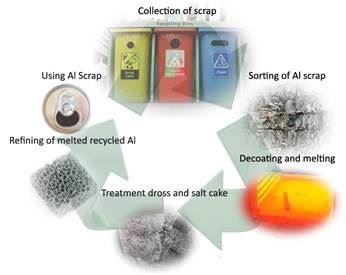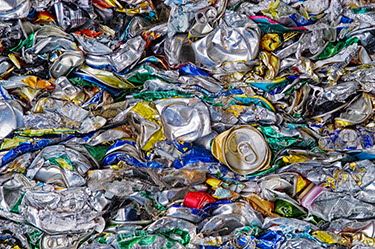Experts gathered to face the challenges.
Today, nearly ten million tons of scrap is recycled worldwide each year. The number is expected to increase after a number of buildings soon will reach the end of their life cycle. Recycling aluminum requires only five percent of the energy it normally would take to produce new aluminum. Unfortunately, behind this process, there are several challenges where the aluminum experts must find a solution.
Three years has gone since the last workshop was arranged in Trondheim. SINTEF and NTNU, sponsored by the Norwegian Research Council, evaluated the situation of the aluminum research. One of the outcomes was a status report entitled "Roadmap. From Europe and North America." Both the Norwegian and International researchers looked at the recycling loop; from the collection of scrap, to the final product including future plans. Despite many fruitful discussions and suggestions, the status report only represented the overall status -no clear guidelines for the further work in Aluminum research. Senior scientist Anne Kvithyld set herself a goal, and her goal was to pick up loose ends and arrange a new workshop. 10th of June 2013 she succeeded in gathering some of the world leading aluminum experts yet again. What has happened since the last time? Where do we go from here? These were just some of the questions the experts addressed.

